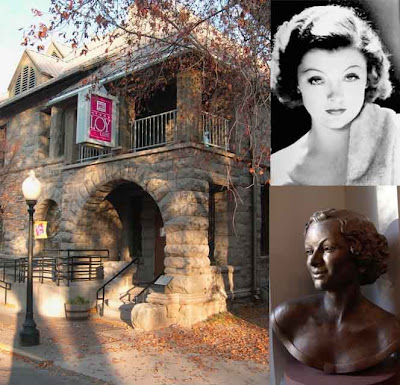
[Label:] Many cultures believe that powerful, even frightening, images of angels and deities serve as protectors and guardians of holy places. On one side, there is an approaching summer thunderstorm (protection of the sacred) with the eagle, and on the other is the night sky of winter (purification).
[Media: Acrylic on canvas]

[Additional information: I painted this large painting when I was about 20 years old, while going to school at the Institute of American Indian Arts in Santa Fe, New Mexico. Some spooky things had been going on in my dorm room, sounds when I was not there: a sound as of someone getting up off the bed, then footsteps to the door, and then a doorknob jiggling from inside. But all the students knew the Old North Dorm was haunted. Sounds of crying in the night, people walking in and out of walls, and lights turned on and off. So I painted this, based on the Lakota warrior "Low Dog" or "He Dog", who had fought against Custer at the Little Bighorn. I put a lot of different power symbols in the painting, both embedded and evident. And it worked. At least my room was quieted of activity. It might sound a little weird to some folks, but for us Indians and for us artists, the spiritual world is not that strange. Doubly so if you are an Indian artist!
Then my dad took "The Guardian" with him while he worked on the Northern Cheyenne Reservation and hung it on his apartment wall, which you could see from the outside street. He said sometimes he looked outside at night, and saw Cheyennes sitting in their car in the dark, looking at the painting. This painting has the definite "presence" of a guardian spirit. He is truly part of my family; "someone" lives in this painting. He will never be sold, and he lives with my mother and father now. If you click the video of me with "The Guardian" on the right side of this blog, you can hear me talk a little about it (It's from my YouTube site. If you are into spooky stuff, check out my Paranormal Montana blog.]









